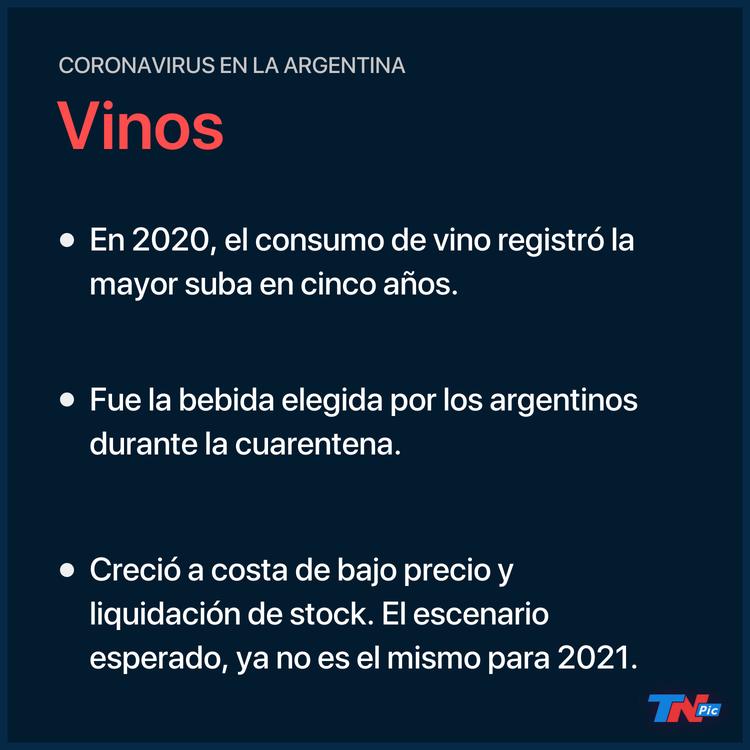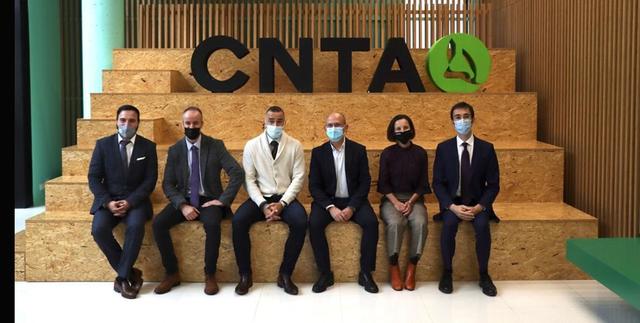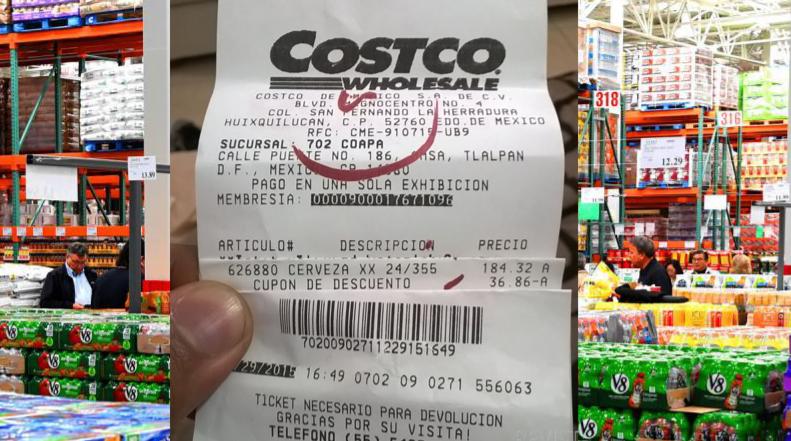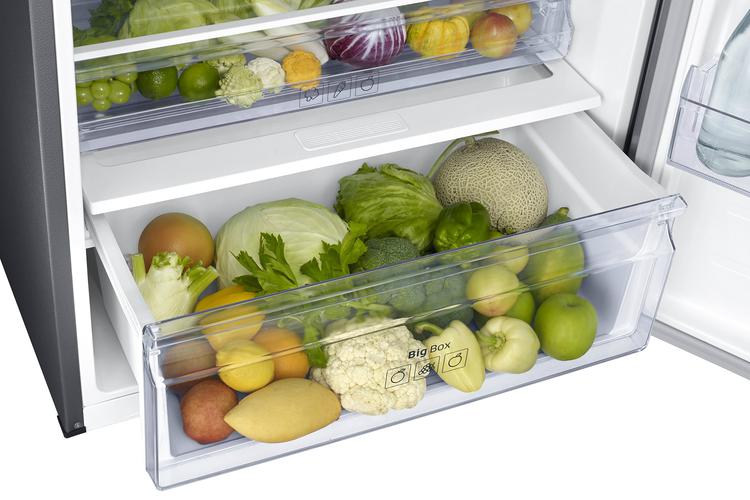Wine consumption fell 11% in Argentina in 2021
Argentine wine seems in 2021 to have filled half a glass. It is that after reaching record figures for exports, especially in bottled wines, it was learned that less wine was drunk last year in Argentina compared to 2020. According to figures from the National Institute of Viticulture ( INV), shipments to the domestic market decreased 11.2% in the last year.
As in life itself, the glass can look half empty, because at first glance and with negative numbers the picture can seem complicated. But from the sector they prefer to see it half full, understanding that the local figures must be interpreted together with those of sales abroad, where the scenario is a little more hopeful.
If we talk about cold numbers, in 2021 wines without varietal mention had a drop of 17.1%, varietals 0.2% and other wines 6.5%. The only ones that grew were the sparkling wines, which improved their performance by 34.8%.
The blue dollar fell $10 after the announcement of the agreement between the Government and the IMF
Why did sales fall?
For Martín Hinojosa, president of the INV, the drop is due to the fact that 2021 was very different from 2020. For him, the fact that to return almost to normality the consumption boom that had taken place while Argentines were at home longer, when the entire budget was allocated to food and beverages, subsided. "Last year, when we started going out, other expenses were already considered, so all drinks were affected and wine was no exception," he said.
Understanding 2021 for Argentine wine, according to the vision of Patricia Ortíz, president of Bodegas de Argentina (BdA), requires not only staying with the numbers left by the domestic market, but the look must be broadened to all of these, exports and bulk sales.
The winery, considered that 2020 should be taken as a parenthesis due to the changes in habits introduced by the pandemic and which favored wine consumption. Thus, in the past year, with the return to relative normality, the levels were quite close to those of 2019. "If we put everything in the same bag, it gives us a certain number that is not explained by the reality of the sector. This year domestic consumption fell, but more bottled wine was sold abroad and the price grew in this segment and in bulk,” said Ortíz.
More than 40 SMEs from Mendoza applied to sell in a well-known hypermarket: how to join

“For uss it is key to see the average price. If you sell more, but invoice less, you are not better off. That was good and it is the path we have to follow so as not to lose, because with the inflation and the economic context we have, the margins were shrinking a lot and that is useless in any business”, argued the president of BdA.
In addition to the new habits that influenced wine consumption in 2021, Carlos Fiochetta, manager of Corporación Vitivinícola Argentina (Coviar), assured that another reason that could have caused the drop is the loss of purchasing power of Argentines and stressed that it is something that should be widely analyzed. “In general, all consumptions have fallen. If the numbers are compared with exports, where a record year was recorded in installments, it is evident that, when faced with the same product, Argentines have been harmed by the loss of purchasing power”, declared Fochietta.
“There was a justified increase in prices. We had been coming since 2018 with very low raw material prices. In 2021, luckily and for the benefit of the producer, the price of transport wine grew. The loss of purchasing power, plus the increase in prices, can be a quite negative combo for the products," said the Coviar representative in his analysis.
Mendoza businessmen support the agreement with the IMF but with conditions
Is it the time for the can?
Another of the most relevant data that emerges from the INV report is that containers such as the can and the bag in box were practically the only ones that they grew by +73.2% and +19.4% year-on-year, respectively. However, their market share is still a minority with 0.3% for each one.
“The can is not a container that everyone uses or will use in the future, mainly because they have some problems. First, it is somewhat expensive because there are not many companies that produce them. Afterwards, it is not something easy to work on and the INV has to approve it. It is not a profitable product in the economic segments, but rather for a young audience”, estimated Patricia Ortíz.
Cautious about the future of this container, Carlos Fiochetta stated: “They are still very incipient containers. Above all, the can is giving the market new alternatives for consumption. It also happens that this container is closely related to consumption outdoors or outside the home. We cannot yet speak of a trend, because it is something very small within the sector, but they point out that there is also another path”.
Regarding the bag in box, although the president of BdA recognized that it is a very popular container in the world, in Argentina there is prejudice against cardboard containers, such as the tetra brik . “It is very difficult to put a wine from a higher segment in a bag in box. It would be ideal, but it costs a lot and requires hard work for the consumer to understand that even though it is in a cardboard box, even though it is not like that inside, it is good quality wine. It is a great container, but another problem is its durability, a winery cannot keep a bag in box from one year to the next, what is produced has to be sold within the year”, estimated Ortíz.
Going to other containers, the consumption of bottled wine fell by 10.8% compared to 2020. Meanwhile, the tetra brik had a decrease of 12.3%, while the demijohn followed the same trend with a drop of 11.5%.
The trend for 2022
For Martín Hinojosa, 2022 could see a recovery in the national drink that will go hand in hand with the promotion and communication of the products on offer. “The trends that are seen for 2022 are a year of improvements for Argentine wine, especially at a professional level. We have seen that wineries have opted for more promotion in everything related to consumption and that always has an impact. The better it is communicated, the more effect it has”, he stated.
In this regard, he assured that it is essential to have products that are in line with market requirements in all segments. “You have to bring wine closer to young people, have a diversity of containers and products. All of this is being worked on in the sector and I believe that, added to promotion, it could be successful in increasing domestic consumption”, Hinojosa said.
For his part, the manager of Coviar considered: “In 2022 we have a great challenge ahead of us, which is that the stocks are balanced. We must continue to promote exports and, to the extent that purchasing power recovers, I think we can grow again in the domestic market to reach 1,000 million liters of wine per year”.




